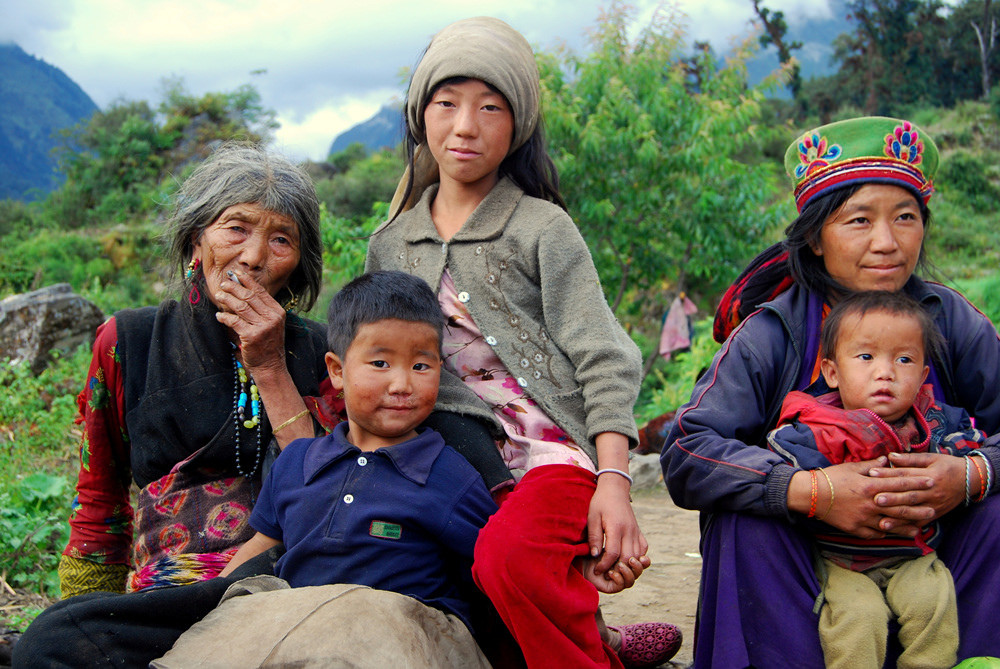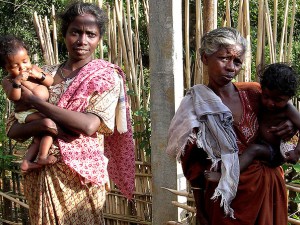To celebrate International Women’s Day (March 8), Forests News sits down with gender researchers Dr. Bimbika Sijapati-Basnett and Carol J. Pierce Colfer from the Center for International Forestry Research (CIFOR); Marlène Elias from Bioversity International; and Susan Stevens Hummel, a forest scientist with the U.S. Forest Service.
The four are co-editors of the forthcoming Reader on Gender and Forests. Due to be released next month, the Reader brings together a collection of key papers that have been published on the topic over the past 30 years from around the globe. The intended audience of the Reader includes students, researchers, policymakers and practitioners.
Here, the co-editors discuss why it was important to put together a book on gender and forests; what they hope practitioners will get out of reading this book; and why some of the older papers featured in the Reader still hold currency for researchers and practitioners alike.
Leona Liu, Forests News Editor, CIFOR:
What is the value of compiling these papers in one volume?
Dr. Bimbika Sijapati-Basnett, Scientist & Gender Researcher, CIFOR:
With women’s rights being at the forefront of contemporary political struggles in many countries, both in the global South as well as in the North, we felt there was a need and interest among a wide group of people for more information on gender and forests.
So much effort these days in research is focused on journal articles, which are more accessible online in the global North. However, many older articles are generally not in open access format, and are thus not available at all to students and researchers living in developing countries. At the same time, not everyone who is interested in this topic has knowledge of, access to, and time available to search information on the topic.
So we felt that putting them together in one volume, which we would make available initially in a print book and later on for free through the website of the Center for International Forestry Research (CIFOR), would provide a real service.
We also thought that providing some kind of historical trajectory of interest and analysis would be beneficial to researchers interested in gender and forests. A lot of work has been done on gender and forests, but there is no compilation that really takes a historical view of where we’ve been and how thinking in this area has developed.
The papers in this book cover a range of relevant issues that can be considered individually or ideally together for a fuller understanding of gender and forest issues, as a course reader, or as a ‘must have’ for those working in the field.



